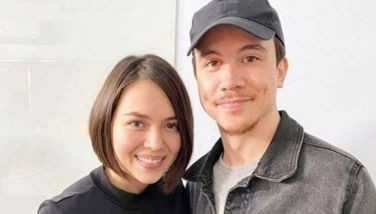Young educator makes learning fun and entertaining

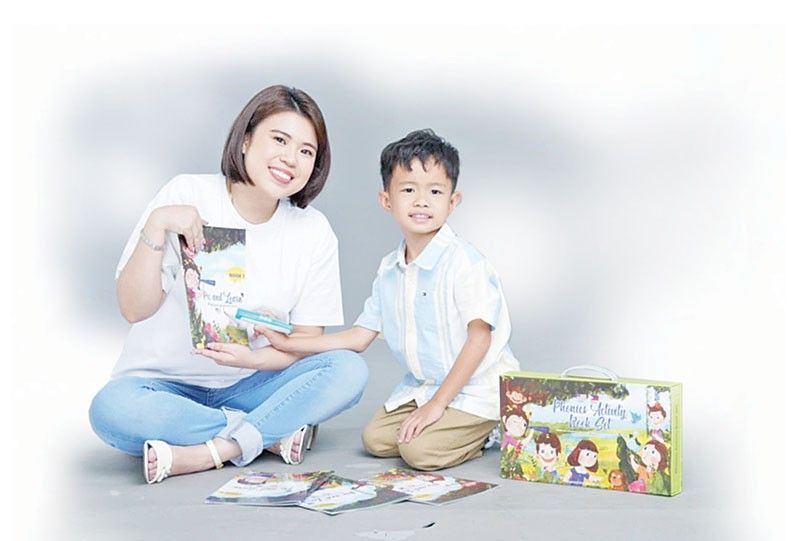
Today, July 29, is the first day of classes for many of our public schools. The exceptions, as announced by newly-installed Department of Education Secretary Sonny Angara, are the 700-plus schools that were either damaged or are still being used as evacuation centers because of Typhoon Carina and the heavy monsoon rains.
Because today is back-to-school day, I thought it appropriate to feature a young educator who at 29 years old has made it her mission to make learning more fun and engaging despite the many challenges the education sector faces. Dresh Ann Santos graduated from Miriam College with a BS degree in Child Development and Education. Later, under the banner of the company Epigraphy Inc., she and a group of fellow teachers developed pioneering instructional materials to help kids read, write and do simple math — the basic tools needed to make our children globally competitive.
Epigraphy’s latest passion project is the Phonics Activity Book Set. The Philippines’ very first interactive, multi-lingual 10-book set, the Phonics kit comes with an electronic pen that allows its user to make the book “talk” in Filipino or English when its colorful illustrations are tapped by the pen. It is a wonderful feature that will not only make reading and learning more fun for the child, but teach them proper punctuation and enunciation as well.
In the following interview, Dresh talks about the origins of Epigraphy, the “disheartening” state of Philippine education, and what can be done to help Filipino learners be on par with our ASEAN neighbors.
What is Epigraphy? Where did the name come from?
“I came up with the name Epigraphy, which refers to the study of words inscribed on or cut into a hard material like clay or stone. The word ‘epigraph’ originates from the Greek elements ‘epi’- (‘on’) and ‘graphein’ (‘write’), which is commonly associated with words such as autograph, graphite, graphic novel, and various other writing or drawing-related terms. Given that our company focuses on printing services and educational materials for children, this word was an excellent choice for us to emphasize our primary target demographic.”
What was the inspiration for this business venture?
“We teachers have struggled to make learning more interesting and enjoyable for pupils. Regrettably, the majority of educators either fabricate their own educational resources using their own funds or utilize repurposed materials, a process that typically demands significant time and effort, leading to products primarily intended for one-time use that are not robust enough for handling by children. This motivated us to create instructional materials that were fun, engaging, beautiful, durable, and, in most cases, reusable.”
Where can we buy your company’s learning materials, and how much are they?
“As of now, we supply in bulk as we are not currently stocking the items. But rest assured that we are looking into selling in retail very soon! One of our main products, the Phonics Activity Book Set, is currently priced around P8,500 to P8,900. Again, this is if you order in bulk, but hopefully we won’t stray from the price as much when we enter retail.”
What made you decide to become a teacher?
“As a young child, I looked up to my teachers, who were pleasant and encouraged me to do my best in particular subjects. This, together with my interest in children’s cognitive development, has motivated me to learn more about how they process information. However, some educators’ poor engagement in certain subjects caused me to resent them, which sparked a voice in my mind that said, ‘When I become a teacher, I will do better.’ This has been my motivation to help educators across the country have access to simple yet engaging instructional materials, not only to relieve repetitive teaching methods, but also to help students awaken their interest in different subject matters.”
What are the challenges you face as a teacher?
“There are many challenges teachers face. From creating lesson plans to managing the classroom, teachers encounter numerous challenges. However, a major challenge that most educators face is the question, ‘How can we inspire our children to learn and engage with our lesson today?’ Some people think that teaching is simple and easy, but there are a lot of factors to consider when teaching young children, especially when it comes to the age group we are teaching. Patience and perseverance are also big keys to success, which requires a lot of focus and mastery.”
What kind of support do you need from the government?
“The government should advocate for more innovative methods for children to learn all subjects, regardless of whether they are taught at home or in a traditional classroom. It’s important to recognize that each child has unique learning preferences. We as adults also have our own strengths and weaknesses when it comes to skills and expertise, and so do children. By using alternative materials, whether they are tactile or digital, we need more inclusive ways for children to learn. As educators, parents, or guardians, we must advocate for our young people to have access to better learning opportunities.”
What is the current state of education in the Philippines?
“It is disheartening to discover that, in comparison to other nations, the Philippines holds one of the lowest rankings globally. Our country needs to adapt to better teaching methods, environments, and alternative ways of learning if we hope to catch up or be on par with other countries on a competitive scale. In remote areas, there are also access issues and concerns about the quality of public-school education, including outdated curricula and a lack of learning resources for both teacher and student use. The main concern is the disparity between public and private schools, as private schools have more resources and a larger budget for innovative learning methods compared to public schools. Efforts like the K–12 reform and initiatives to integrate technology aim to improve the system, but significant hurdles remain in ensuring equitable and high-quality education nationwide.”
Is there hope for the Filipino student to be at par with our ASEAN neighbors?
“Of course, there is! If the government directs its resources appropriately, it will make proper investments in education, integration into regional frameworks, gradual technological advancements, and recognition of Filipino talent and potential. Filipino students can compete with students from all over the world. Our team and I believe that having a positive outlook goes a long way. Further, partnering this with hard work, research, and determination will surely help us strive for our goals to become a reality.”
- Latest
- Trending
















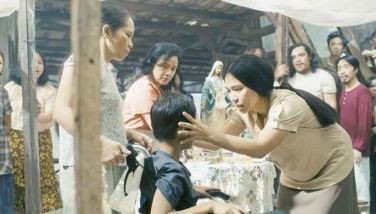

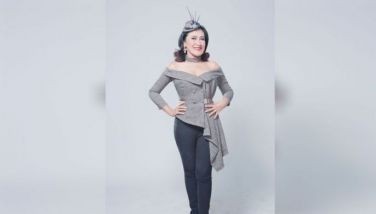
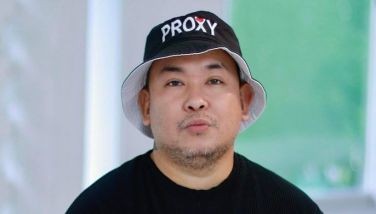
 Exclusive
Exclusive







